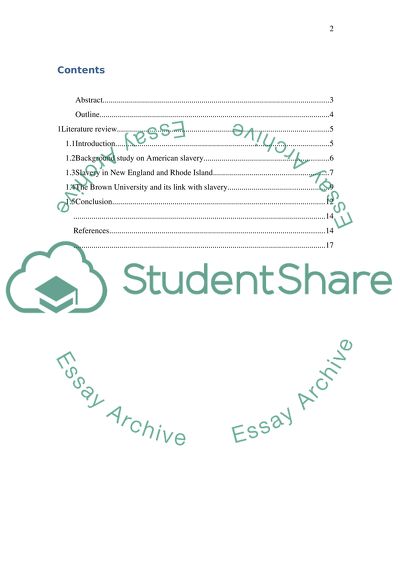Cite this document
(“Brown University and its Ties to Slavery Research Paper”, n.d.)
Retrieved from https://studentshare.org/education/1399186-brown-university-s-ties-to-slavery
Retrieved from https://studentshare.org/education/1399186-brown-university-s-ties-to-slavery
(Brown University and Its Ties to Slavery Research Paper)
https://studentshare.org/education/1399186-brown-university-s-ties-to-slavery.
https://studentshare.org/education/1399186-brown-university-s-ties-to-slavery.
“Brown University and Its Ties to Slavery Research Paper”, n.d. https://studentshare.org/education/1399186-brown-university-s-ties-to-slavery.


